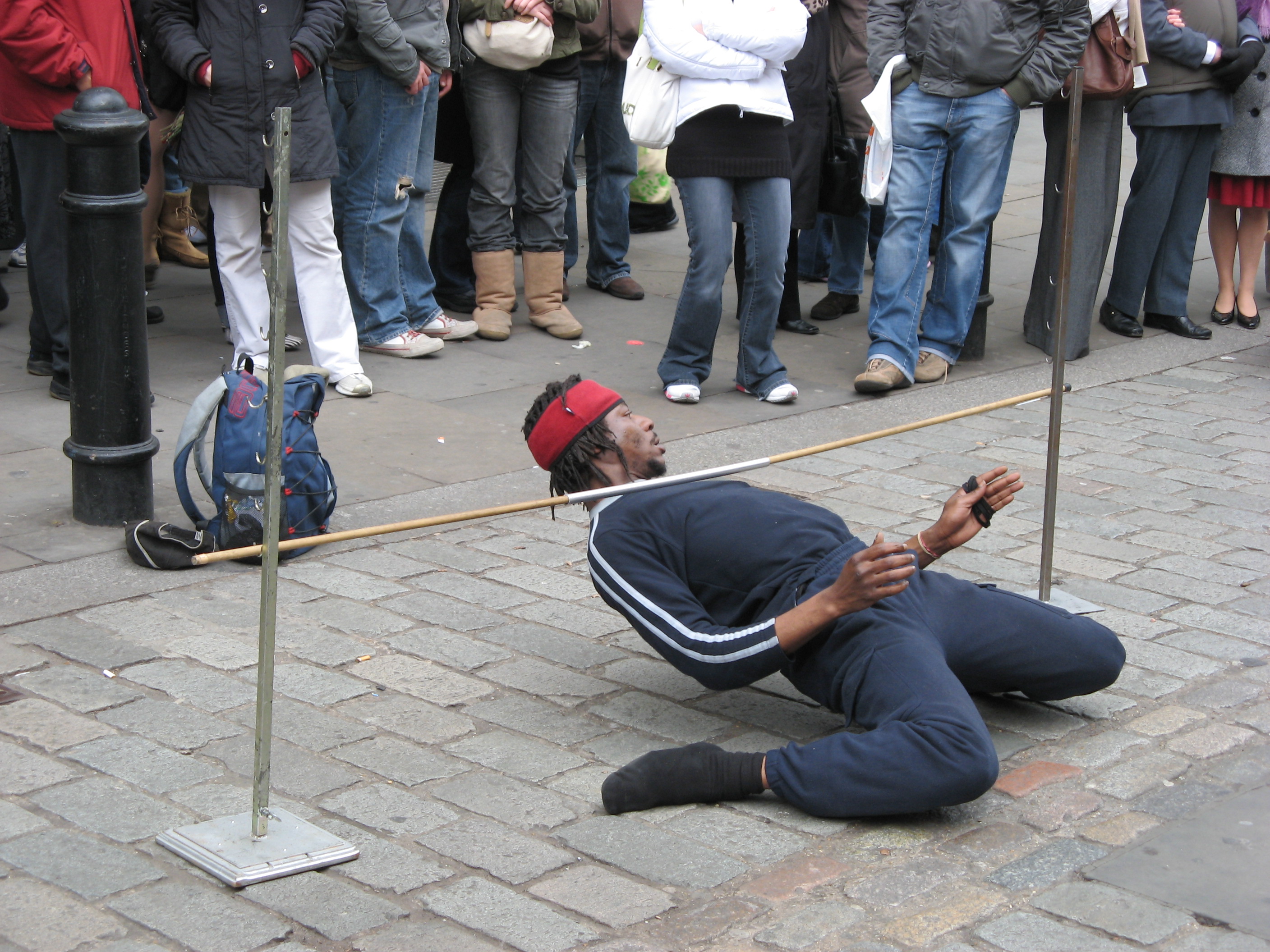Is hell still a current church dogma or a just medieval scare tactic ?
“All hope abandon, ye who enter here.” Such was the inscription placed over the gates of hell in Dante’s Inferno. This 14th-century poet- based on church dogma- depicted hell as a deep pit divided into nine circles going down to the centre of the earth where Satan dwells. Each circle represented a greater degree of suffering and atrocious punishment.
Last judgement paintings are to be seen in many Catholic churches and in museums all over the world. The most famous one likely is Michelangelo’s huge fresco in the Vatican’s Sistine chapel, said to have scared the wits out of Paul III, who had commissioned the painting.
Frightening too are the sculptured portals of many Romanesque and Gothic cathedrals in Europe. Tourists shudder when they gaze at the terrifying scenes carved into the stonework above the central doorway of Notre Dame Cathedral (at least before the fire). There is no doubt that what is depicted is excruciating physical torment of a literal kind.
However the Catholic clergy having been blown along by the winds of changes, have attempted to “cool hell” down. Nonetheless the concept of eternal suffering still remains, where the damned bring eternal suffering "upon themselves".
I ask:
If all these artistic works depicting hell's torture – according the the "cool hell" theory- is incorrect, why was the most famous of them, located right in the Vatican, commissioned by two popes (Clement VII and Paul III)?
On the other hand, if they do give a true picture of official Church dogma, then why have Catholic priests been allowed to soft-pedal such a vital doctrine?
Of course, not all agree with “cool hell”. Pope Paul VI had already begun to reheat it back in 1968, in his “Profession of Faith,” he asserted that sinners who continue to reject God’s love “will go into inextinguishable fire.” A more recent letter, approved by Pope John Paul II, further reminds Catholics that hell is still a place very much to be feared.
Regardless of clergy “opinions”, should the doctrine concerning hell not come from God's word ?
If so, what does the Bible teach about hell ?
What the Bible does not say:
A distinction between the body and the soul is nowhere clearly stated in the Scriptures.
The concept of ‘soul,’ meaning a purely spiritual, immaterial reality, separate from the ‘body ... does not exist in the Bible.
What the Bible does say:
The soul that sinneth, the same shall die.” (Ezek. 18:4, 20, Catholic Douay Bible)
“The wage paid by sin is death; the present given by God is eternal life.” (Rom. 6:23, Catholic Jerusalem Bible)
“Hell” in some translations of the Bible means the common grave of dead mankind (Heb., sheol; Gr., hades)
There will be either a resurrection from sheol or hades, or everlasting destruction in Gr. Ge'enna.
Everlasting life or everlasting death—such is the choice God sets before his creatures.—John 3:16, 36; Deut. 30:19, 20. Not life or eternal torture.
the “everlasting fire” prepared for the Devil, his angels and wicked men (Matt. 25:41, 46) is symbolic of destruction, also called“the second death,” from which there will be no resurrection Rev. 20:9, 10; 21:8.
Would you agree that the dogma of eternal torment in hell is a gross misrepresentation of the just and loving God whom true Christians worship?
Would you agree that the motivating factor in true worship should be love, not morbid fear?
By maintaining the idea of eternal torture in hell, is the Church dishonouring God?

